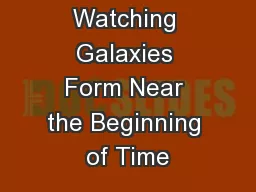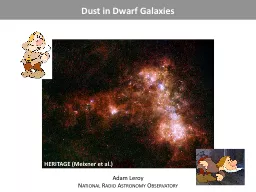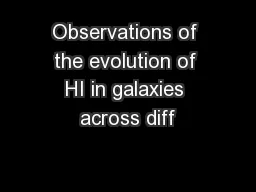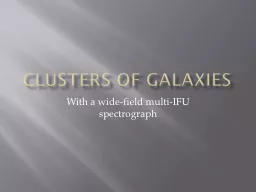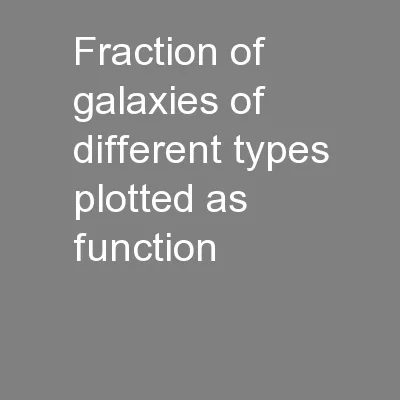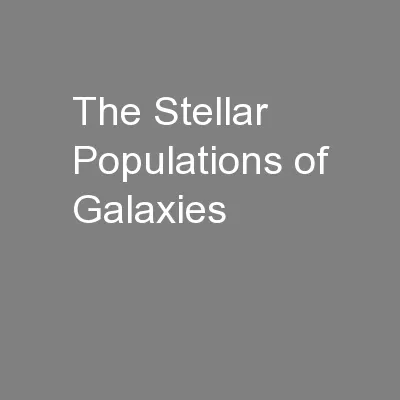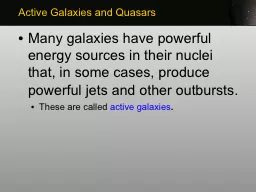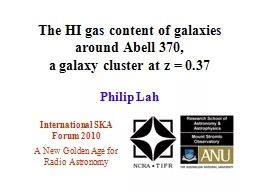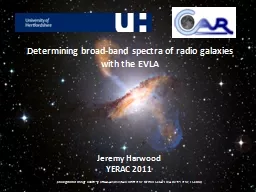PPT-Active Galaxies
Author : olivia-moreira | Published Date : 2016-02-21
Lesson Objectives To appreciate that some galaxies emit far more energy at some wavelengths that can be explained simply in terms of starlight To recall the types
Presentation Embed Code
Download Presentation
Download Presentation The PPT/PDF document "Active Galaxies" is the property of its rightful owner. Permission is granted to download and print the materials on this website for personal, non-commercial use only, and to display it on your personal computer provided you do not modify the materials and that you retain all copyright notices contained in the materials. By downloading content from our website, you accept the terms of this agreement.
Active Galaxies: Transcript
Download Rules Of Document
"Active Galaxies"The content belongs to its owner. You may download and print it for personal use, without modification, and keep all copyright notices. By downloading, you agree to these terms.
Related Documents


